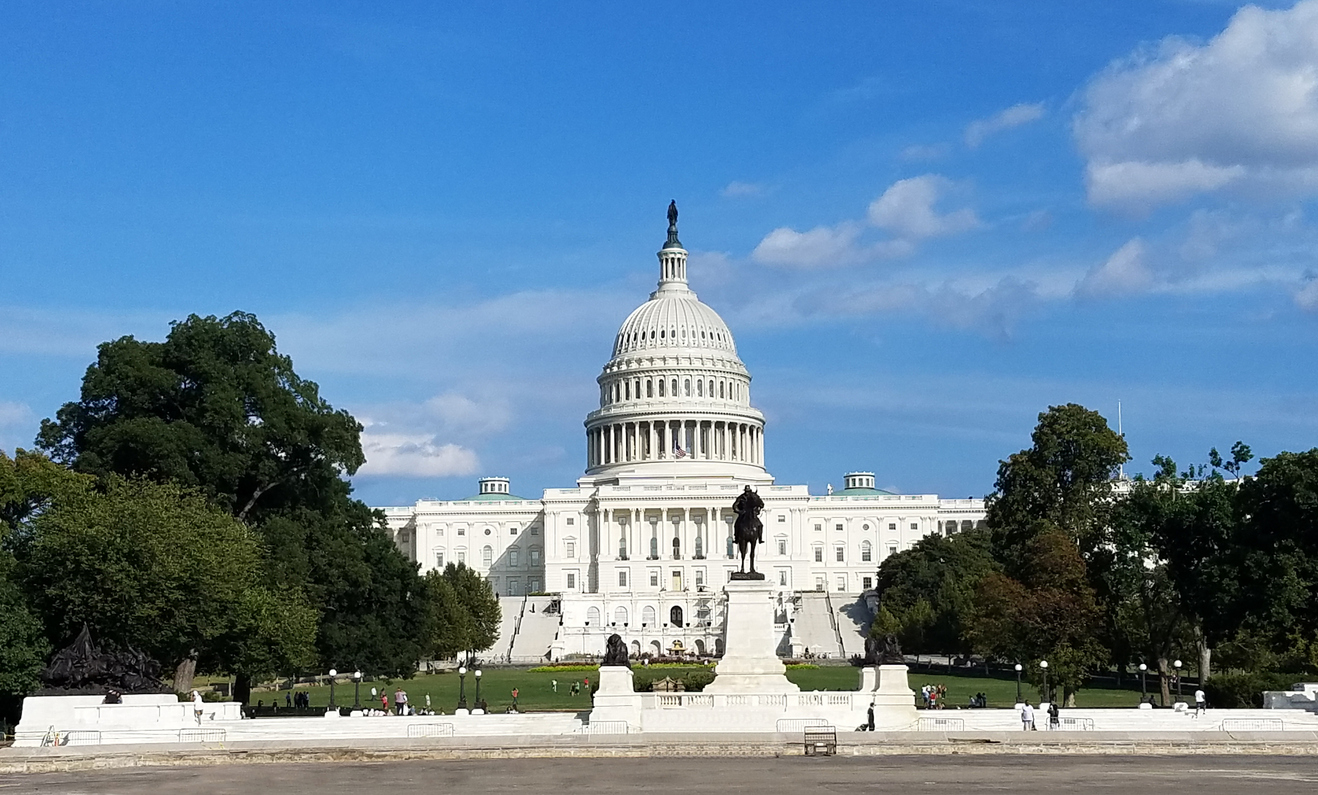The title of this blog was also the title of the presentation given by Jacqueline Corrigan-Curay, J.D., M.D., Principal Deputy Center Director, Center for Drug Evaluation and Research. I just could not think of a better title! It is like the State of the Union address but not as expansive.
Dr. Corrigan-Curay spoke to the following topics:
- Snapshot of Approvals
- Regulatory Science Drives Policy
- Guidance
- Education/Outreach
- Assuring Access
Let’s look at a snapshot of what she said. The FDA is expected to have approved and tentatively approved over 900 ANDAs in FY 2023. (Of course, as per my other recent blog posts here and here on this issue, we don’t expect to see official full FY 2023 statistics on approval actions for over a month and I can’t even make a guess from what has been posted due to the system glitch. However, the OGD posted its official August 2023 approval figures today and, as predicted, there were ninety-eight full-approval actions in August with twelve tentative approval actions for a total of 110, giving an eleven-month total of 738 full approvals and 162 tentative approvals for a grand total of 900 without the September data. We will update the full August statistics in a few days.) The full-year numbers above include 50+ first-time generics, 50+ Competitive Generic Therapy approvals, and 90+ complex generic products.
The FDA also approved forty-three biosimilar products that cover thirteen reference products, and now thirty-eight of those products are being marketed. The savings to patients from these medications total $23.6 billion since 2015. Dr. Corrigan-Curay also spoke about changes arising from GDUFA III and BsUFA III, focusing on changes in meeting availability and the expansion of face-to-face meetings. In addition, she noted that the changes in Generics Controlled Correspondence practices should help sponsors to get better answers and get them sooner.
In speaking about science and research, Dr. Corrigan-Curay spoke to the issue of regulatory science driving policy by noting research projects that have resulted in alternative bioequivalence methods, science developing new ways to view complex products and excipients, and navigating the approval of a PLGA product that was approved thirty years ago with no generic competition. She also applauded the OGD for the issuance of so many product-specific bioequivalence guidances, which provide the industry with roadmaps for methods to establish bioequivalence to reference listed drugs. The discussion also included a look towards interchangeability for biosimilars and, with the recent change to remove any mention of interchangeability from biosimilar labeling, this is a good start towards perhaps having all biosimilar products being interchangeable as the worldwide data seems to suggest.
The Agency is putting out a significant number of new guidances, finalizing draft guidances, and revising older guidances to bring them up to today’s state of knowledge, both in the generic and biosimilar spaces.
The FDA is also improving its educational components to dispel myths or misinformation about generic drugs and biosimilars, and will continue to enhance these programs nationwide.
We expect more from the FDA and the FDA is expecting more from industry, but that is what should happen in an everchanging environment with new technology.




